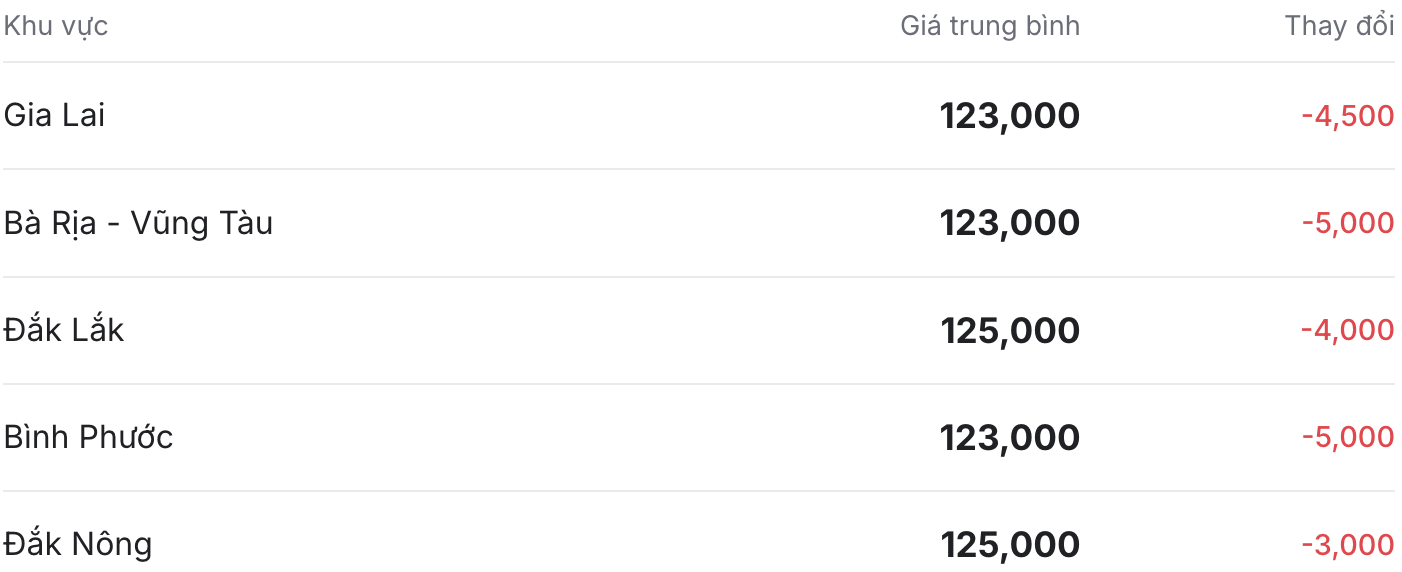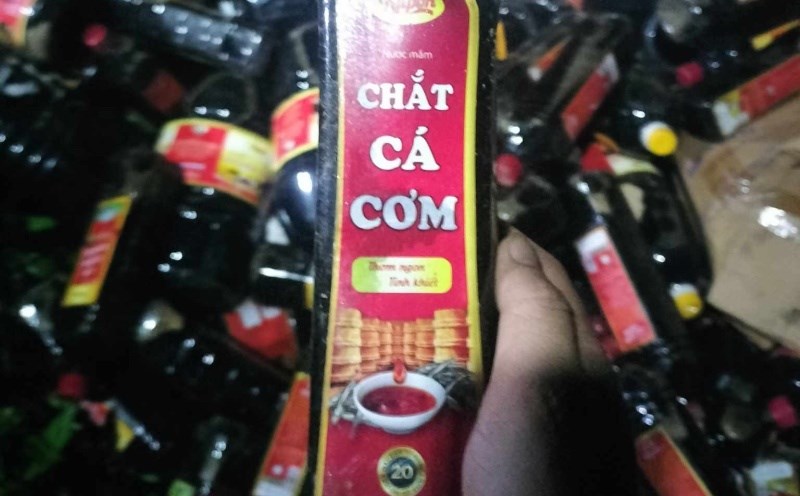Domestic pepper prices: Continue to slide
As of 11:30 today (September 20), the domestic pepper market continued to slide, averaging a sharp decrease of 4,300 VND/kg. Currently, the purchase price of pepper is recorded at 123,000 - 125,000 VND/kg.
Key provinces and cities such as Ba Ria - Vung Tau, Binh Phuoc and Gia Lai are anchored at 123,000 VND/kg, down 4,500 - 5,000 VND/kg respectively. Meanwhile, continuing to decrease dramatically, Dak Lak and Dak Nong provinces today both purchased at 125,000 VND/kg, although the price was reduced by up to 4,000 VND/kg compared to the previous session.

World pepper prices: Red
In the world market, pepper prices are moving in the same direction. The Indonesian exchange - one of the most vibrant markets is no exception. Currently, these two items are listed at 7,461 USD/ton (equivalent to 196,046 VND/kg). In the same direction, white pepper was listed at 10,079 USD/ton (about 264,836 VND/kg).
In Vietnam, the export price of black pepper of 500 g/l and 550 g/l fluctuated sideways, fluctuating between 6,000 - 6,100 USD/ton. ASTA white pepper prices reached 9,000 USD/ton (equivalent to 236,484 VND/kg).
The Brazilian exchange rate is stable, this region is currently at 6,050 USD/ton (about 158,970 VND/kg). Meanwhile, Malaysia's black and white pepper prices fell by 0.85% and 1.11%, respectively, to 11,750 USD/ton and 9,000 USD/ton.

Assessment and forecast
The decrease in demand has caused the domestic pepper market to enter an unprecedented period of deep decline. Demand from major export markets such as the Middle East and Europe decreased, while domestic supply increased after harvest. These factors may cause prices to decrease by 1,000 - 2,000 VND/kg in case the international market has not recovered. The return of the USD also makes traders less likely to buy.
Compared to the same period last year, pepper prices are losing 30,000 - 32,000 VND/kg. According to experts, garden owners need to closely monitor the developments of domestic pepper prices and actively participate in training sessions to improve product quality.











